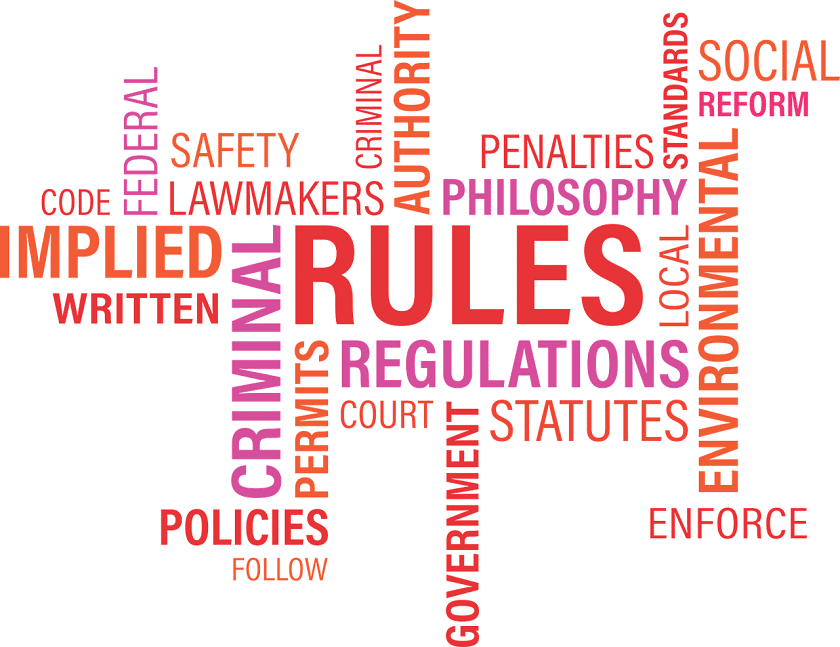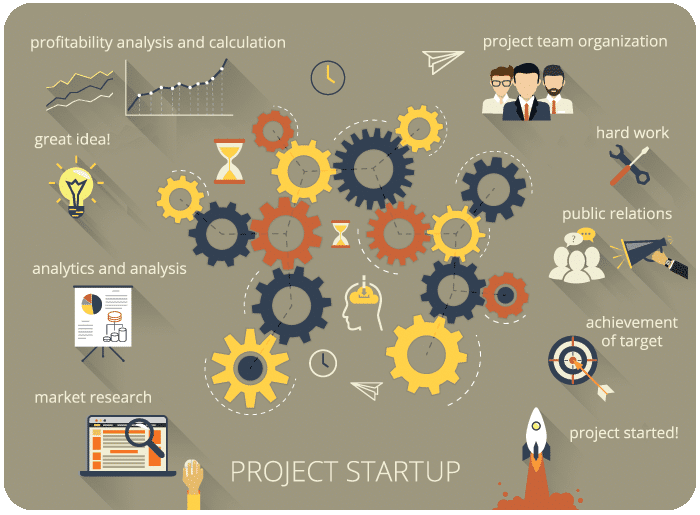A prompt list is a shortcut to remembering certain items and today I’ve got a prompt list for you to help you understand the external context of your business strategy.
Whether your business is big or small, knowing where you are going is key to success, and your strategy is a big part of that.
This prompt list is helpful for mind mapping the factors that might influence the success or failure of your strategic initiatives.
You might think it sounds a bit like identifying the project risks from your strategic initiatives, but it isn’t: this exercise is about understanding the factors outside the organization that you can’t control. It’s really important because without an awareness of these things you might implement the wrong strategy or find that some initiatives fail because they simply can’t thrive in the business context.
So what is this amazing framework that I’m going to share with you today? It’s PESTLE (which you might also see as STEEPLE).
Let’s break it down.
PESTLE stands for:
- Political
- Economic
- Social
- Technological
- Legal
- Environmental
These are all areas to consider when looking at the environment in which your organization operates.
Political
A change of government can bring about policy changes that might influence your strategy. Different people bring different opinions to the top jobs of leading our countries, and you may find that the business environment looks quite different with a different set of leaders in charge.
Policy changes can generate new strategic initiatives as businesses try to keep up, and in turn, that means some of the other initiatives and projects we want to work on have to take a back seat.
iMindQ is a great way to capture all these possibilities, for the political context and the other points that we’ll come on to. Start a file to record all the things that might affect your strategy. Being aware of the wider commercial context is a good way to make sure that you can be agile enough to react to it.
Economic
The economic context is probably the one that your Exec team will spend the most time thinking about. This has all to do with what is happening in the markets that might affect share price or consumer purchasing or interest rates and so on.
You’ll want your business analysts and Finance team involved in the discussion, along with anyone responsible for investor relations or city liaison. Add economic factors to your mindmap to get all those areas covered.
Social
This area relates to the societal changes that might influence where your business is going. For example, we’re seeing a growth of apps, and more websites being accessed by mobile users instead of desktop users. If this societal trend continues, what impact is it going to have on your business model?
You can also think about the kind of people involved in your business: both employees and customers. As the younger generations come into the workplace, their expectations of work come with them: how are you placed for attracting and retaining the best talent? What are your customers going to expect in 5 years? Thinking about the answers to these questions now can future-proof your business for the years to come.
Again, make sure that your mindmap has space for all the social factors that are affecting and could continue to affect your business strategy.
Technological
Staying up-to-date with technology trends is important for all businesses, and understanding those trends can help shape and inform your strategy.
For example, consider what big data could do for your business. Or, if not for your business, for your competitors. The technology context for your strategy is likely to be relatively fluid but that doesn’t mean that you shouldn’t try to keep on top of it.
Look for trends and make informed, sensible decisions about which ones to jump on board with (big data = yes, Instagram = maybe not, for example). These can go on your mindmap too.
Legal
Talk to your Legal advisors about upcoming legislation or changes that might affect your business in the near future. What plans do you need to put in place now to be able to deal with changes when they happen or are there any laws affecting and constraining your business practice right now?
An example would be the plans for the UK to leave the EU (Brexit). While nothing is firm yet, this is likely to generate a raft of legislative updates – either to introduce new laws replacing those that could be repealed or tweaks to existing laws. I’m not a legal expert, but I imagine that your in-house counsel is going to be kept very busy by changing international and national legislation over the years to come. Get their view on what could affect the operational context of your business and ensure that’s reflected in your mindmap and in your strategy.
Environmental
What environmental factors do you need to take into account? This could be anything from legislative changes that you need to comply with around recycling or waste disposal, to managing your carbon emissions as a company both for financial reasons and as part of your commitment to a healthy environment for your neighbors.
If your strategy doesn’t yet have a statement about environmental responsibility, perhaps now is the time to add it in.
How do you plot out the business environment in which you operate? Do you even do it at all when putting together business cases? Let us know in the comments below.
About the author
Elizabeth Harrin is the author and award-winning blogger behind A Girl’s Guide To Project Management. Get her suggestions for being more productive at work on her blog.







